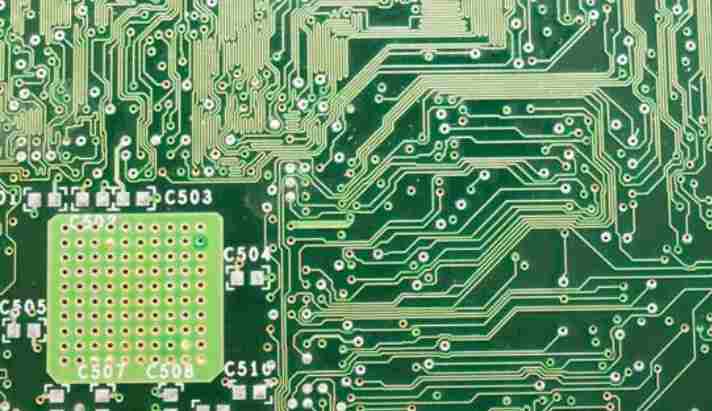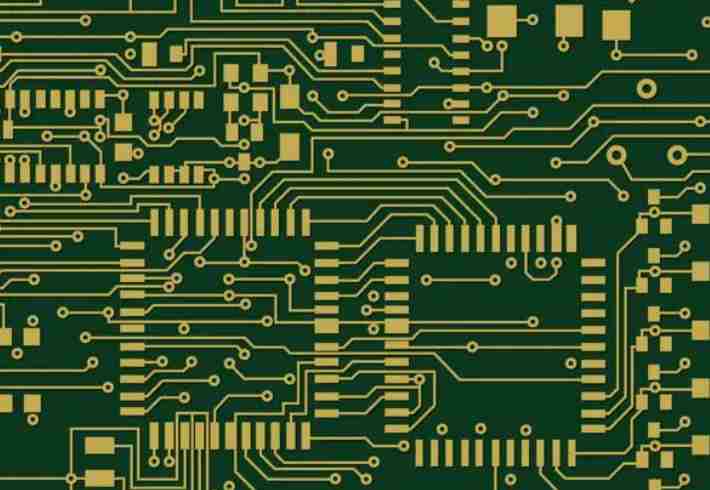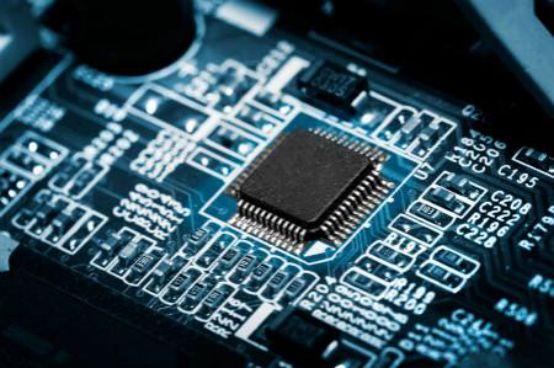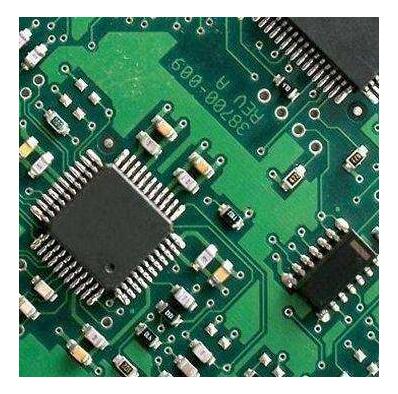
1. Properties and uses of copper coating:
Copper coating is a beautiful rosy color, soft, malleable, easy to polish, and has good thermal and electrical conductivity. But it is easy to oxidize in the air, and thus quickly tarnish, so it is not suitable as a protective - decorative coating "surface" layer.
Copper coating is mainly used as the "bottom" layer of steel multilayer plating, and is often used as the "bottom" layer of tin plating, gold plating and silver plating. Its role is to improve the binding force between the substrate metal and the surface or (or intermediate) coating, but also conducive to the deposition of surface coating. When the copper coating has no holes, the corrosion resistance of the surface coating can be improved, such as the advantage of thick copper and thin nickel plating process in the protective and decorative multilayer plating is this, and can save valuable metal nickel.
2. Properties and uses of nickel coating:
Nickel has a strong passivation ability, can quickly generate an extremely thin passivation film on the surface of the parts, can resist the corrosion of the atmosphere and some acids, so the stability of nickel coating in the air is very high. In nickel simple salt electrolyte, very fine crystalline coating can be obtained, which has excellent polishing properties. The polished nickel coating has a mirror-like luster, while maintaining its luster in the atmosphere for a long time. In addition, the nickel coating has higher hardness and wear resistance. According to the properties of nickel coating, it is mainly used as the bottom layer, middle layer and surface layer of protective and decorative coating, such as nickel - chromium coating, nickel - copper - nickel - chromium coating, copper - nickel - chromium coating and copper - nickel plating.
Due to the high porosity of nickel coating, only when the thickness of the coating is more than 25μm is non-porous, so generally do not use nickel coating as a protective coating. The production of nickel plating is large, the nickel plating consumes about 10% of the total nickel production in the world.

How to calculate the price of PCB board?
Factors that affect the price of a PCB board
The price of PCB is something that many buyers are always confused about, and many people will also question how these prices are calculated when placing an online order. Let's talk about the components of PCB price together.
1.The different materials used in PCB result in the variety of prices
Common double panel as an example, the board generally has FR4 (Sheng Yi, Kingboard, Guoji, three prices from the top down), the board thickness from 0.2mm to 3.0mm, copper thickness from 0.5oz to 3oz different, all these in a board caused a huge price difference; In terms of solder resistance ink, there is a certain price difference between ordinary thermosetting oil and photosensitive green oil.
2.Different surface treatment processes result in price diversity
Common are: OSP (antioxidant), lead spray tin, lead-free spray tin (environmental protection), gold plating, gold sinking and some combination of processes, and so on, the more expensive the price of the above process.
3.The price diversity caused by different difficulty of PCB itself
There are 1000 holes on both types of circuit boards. If the aperture of one board is larger than 0.2mm, the drilling cost will be different from that of the other board. For example, if two types of circuit boards are the same, but the line width and line distance are different, one is greater than 4mil, and the other is less than 4mil, the production cost will be different. Secondly, there are some ordinary plate process design is also charged money, such as half hole, buried blind hole, plate hole, press the key plate printing carbon oil.
4.Copper foil thickness is different resulting in price diversity
Common copper platinum thicknesses are: 18um (1/2OZ), 35um (1OZ), 70um (2OZ), 105um (3OZ), 140um (4OZ), etc. The higher the copper foil thickness, the more expensive.
5.Customer's quality acceptance criteria
Commonly used are: IPC2, IPC3, enterprise standard, military standard and so on, the higher the standard, the higher the price will be.
SMT patch processing is easy to understand the point of saying: the capacitor or resistance on the electronic products, with a special machine paste, and after welding to make it more firm, not easy to fall off the ground. For example, the high-tech products we often use now, such as computers and mobile phones, their internal motherboards are densely packed with tiny capacitors and resistors. These capacitors and resistors are pasted by SMT patch processing technology. The capacitors and resistors processed by high-tech patches are much faster than those by manual patch, and are not easy to make mistakes.
SMT is the abbreviation for Surface Mounted Technology, which is a popular process technology in our country's electronic industry. Even though SMT patch processing is a high-tech product, I think it has high requirements for the processing workshop. The specific need for what kind of workshop, we will understand.
SMT patch processing has certain requirements on the environment, humidity and temperature. In order to ensure the quality of electronic components and finish the processing quantity in advance, the following requirements are required for the working environment:
The first is the temperature requirement, the optimal temperature in the workshop is 23±3℃, which can not exceed the limit temperature of 15 ~ 35℃
The humidity of SMT patch processing workshop has a great impact on the quality of products. The greater the humidity of the environment, the electronic components will be susceptible to moisture, which will affect the electrical conductivity, and the welding is not smooth. If the humidity is too low, the air in the workshop will be easy to dry, and it is very empty and easy to generate static electricity. Under normal circumstances, the workshop is required to maintain a constant humidity of about 45% ~ 70% RH
Moreover, cleanliness is required to achieve no odor, dust in the workshop, keep the interior clean, non-corrosive materials, which will seriously affect the reliability of capacitance resistance, but also increase the fault maintenance rate of patch processing equipment, reduce the production schedule. The best cleanliness of the workshop is about 100,000 class (BGJ73-84).






